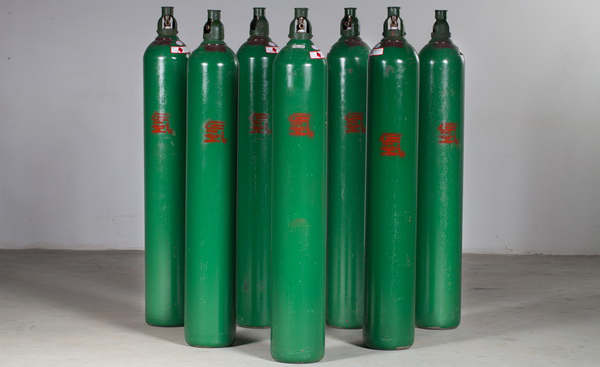Hydrogen
Release Date: 2022-06-16 09:52:58 Visit: 236

Hydrogen (H2) is a colorless, odorless, diatomic gas. The relative air density is 0.069, making it the lightest element. At normal temperature and pressure, gaseous hydrogen does not react with most substances. But at higher pressures and moderate temperatures, hydrogen catalyzes reactions with many hydrocarbon materials. At normal pressures and high temperatures, hydrogen reacts with oxygen and other gases, many metals and metal oxides, and is a highly effective reducing agent. With a normal boiling point of -252.8°C, liquid hydrogen is the coldest cryogenic gas other than helium. But because the gas is highly flammable, this property is rarely used. Hydrogen is a gaseous fuel that burns with a transparent flame that is hard to see, and water is the only combustion product.
Hydrogen has played an important role in many industrial processes over the years. Almost half of the hydrogen production is used in the chemical industry to produce ammonia and methanol. Large quantities of hydrogen are also used in the metalworking, glass making, electronics and food industries to reduce massive emissions from combustion engines, and refinery desulfurized gasoline and diesel. The process requires the use of hydrogen -- a reactor where hydrogen is combined with a sulfur feedstock to produce hydrogen sulfide. Sulfur is separated again and used for vulcanization of rubber or processed into fertilizer.
Hydrogen is a relatively common element in nature, and unlike fossil fuels such as crude oil and natural gas, hydrogen does not run out. Like electricity, hydrogen is an energy carrier, not an energy source, so it needs to be produced. Even so, hydrogen has several advantages and has huge potential to replace fossil fuels. For example, the stored hydrogen can be used directly as fuel or to produce electricity. Even using the now traditional method of steam reforming of natural gas to produce hydrogen has helped reduce carbon emissions along the entire value chain, from mine to wheel. Hydrogen vehicles can reduce carbon emissions by up to 30% compared to modern diesel vehicles.
Hydrogen is an environmentally friendly energy carrier. It is an ideal medium for storing renewable energy sources such as wind and solar, whose supply is inherently fluctuating. The wind cannot always be there, and even if it were, there would be no sustained wind speed. Likewise, solar energy is only present during the day, and in mild climates, it only has enough energy in summer. The need to achieve on-demand access from the aforementioned renewable energy sources depends on efficient energy storage options. Hydrogen can play a key role here, as energy from wind and solar power plants provides electricity for the electrolysis of water. Hydrogen gas can be compressed or liquefied while being stored for the desired length of time. When energy is needed, the hydrogen can be burned to produce zero-emission electricity, or converted directly into electricity via fuel cells.
Application of hydrogen:
l Edible Oil Hydrogenation ( Shortenings )
l Electronics industry (Electronics), such as photovoltaic (PV), LED
l Metal heat treatment (heat treatment)
l Glass
l Petroleum and Refinery
l Hydrogen fuel cell
l Hydrogen refueling station (hydrogen vehicle) (H2 filling station for H2 bus)
l Glass surface polishing Hydropox
l Heat treatment and quenching Carboflex
l Heat treatment annealing, brazing Hydroflex
l Heat treatment powder metallurgy Sinterflex





